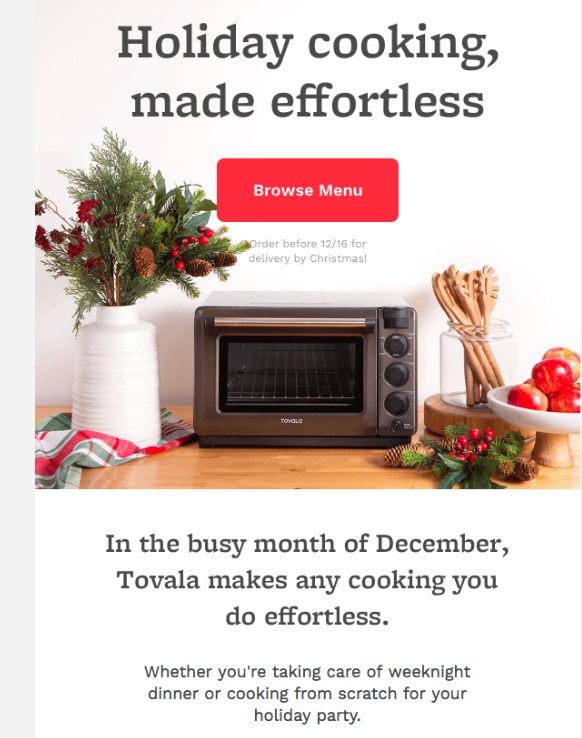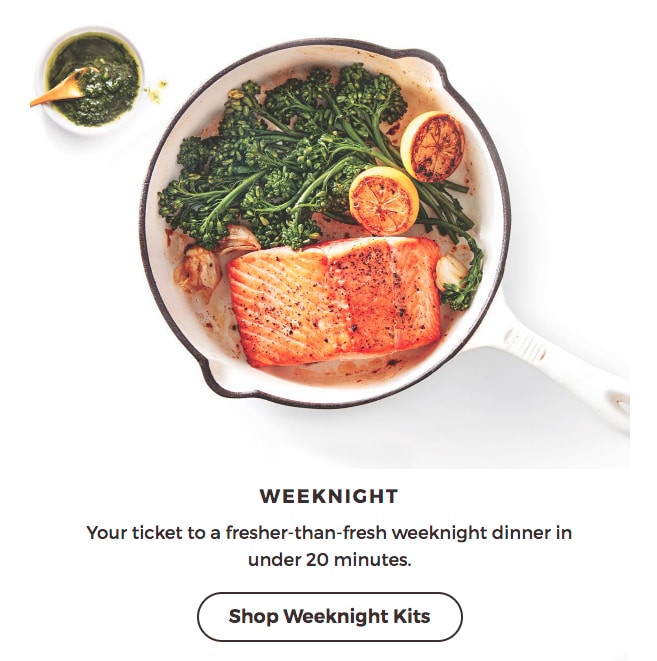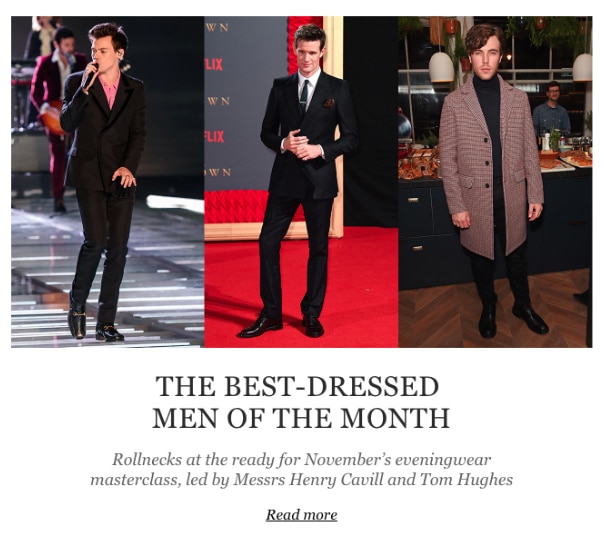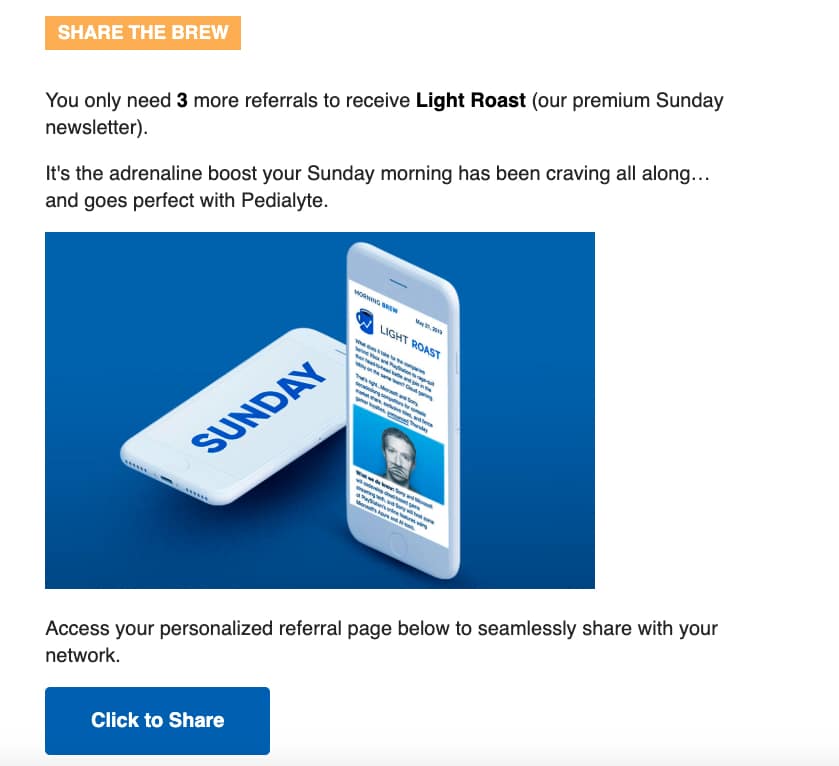Five Creative Story Ideas For Your Email Newsletter
It might be difficult to come up with fresh content ideas for your email newsletter, but this is a fantastic way to reach out to consumers.
Your company’s email newsletter should not be “about” your business; rather, it should focus on how to enhance your consumers’ lives by providing relevant insights, answers, and resources.
Continue reading for some content production ideas for your email newsletter, as well as tips on making it more readable and clickable.
Make it seasonally appropriate
Whether it’s the Christmas season, back-to-school season, New Year’s, summer vacation season, or any other unique time of year that is especially essential to your company, your email newsletter should focus on these seasonal chances for email newsletter stories.
Offering holiday recipes for a food-related company, such as Tovala’s seasonal email offer to “Make handmade holiday favorites without breaking a sweat,” is a typical example.

Solve a particular issue
Your email newsletter offer should address a particular issue that your consumer is experiencing and provide a solution.
This Good Eggs meal kit email promises “the shortcut to wonderful cuisine on your table all week long,” with offerings divided into “weeknight,” “weekday,” and “weekend” meal occasions.
What is the significance of this?
Because it encourages the reader to consider their meal prep requirements throughout the week and demonstrates that Good Eggs provides answers for all of their meals.

Look for interesting, topical tie-ins
Look for amusing pop culture references to your brand, goods, or industry. Even if the plot does not seem to be directly related to your goods, your email newsletter might remark on it.
Mr. Porter, for example, recently published pieces in its daily newsletter on celebrity fashion, “the seven party places to visit next” (capitalizing on the demand for travel and trendy cities), and “how to dress for every party.”
Even though none of these pieces were directly “about” Mr. Porter’s clothing, they contribute to the brand’s reputation as a relevant, trustworthy source of information on fashion and lifestyle trends.

Collaborate with your consumers to generate tales
Email newsletters are a potent type of marketing because they provide a message straight to your consumers’ inboxes.
You’re reaching out to them during downtime throughout the workday or in the evening when they’re home.
Customers who give you their email address are committing to a more engaged level of engagement than most businesses can provide, which is why email newsletters continue to perform so effectively.
Here are some examples of customer-created stories:
Customer testimonials describing how your product improved a customer’s life.
Customers are utilizing your goods in novel ways (unexpected benefits).
Your firm’s involvement in the community—what are some of the ways your company is making a difference, such as supporting children’s sports teams or donating money to worthy causes?
Customer of the Month: Who is one of your favorite customers?
Tell us about their experience (this type of story can be especially valuable if your customer is a small business owner: opportunites for free publicity and partnerships).
Share the top social media postings or comments from your consumers regarding your product or sector each month.
Make it a game.
What if you could utilize your email newsletter to ask your consumers to help spread the word about your newsletter?
Morning Brew, an amazing tech and business email weekly, has an unique CTA at the bottom of each issue that urges readers to “Share the Brew” by forwarding the newsletter to other readers.
Morning Brew provides each of its subscribers with a unique referral page and referral link, making it simple to share the email with others.
Morning Brew email newsletter example: Use a shareable CTA to direct people to your email newsletter.

Conclusion
Don’t lose up if you find yourself gazing at a blank screen while attempting to write your next email newsletter.
Begin by developing seasonal tales based on different periods of the year: special deals, seasonal trends, or pertinent tips and techniques that are on your customers’ minds at that time of year.
Consider how your email newsletter might assist your clients in solving particular issues or exploring specific uses for your product, such as “weeknight dinner ideas” for a food business or meal kit service.
To come up with narrative ideas, be creative with topical tie-ins and pop cultural connections, such as tales from sports, music, movies, and pop culture.
Remember that any issue important to your company, even if it isn’t directly “about” your product or service, may be considered when coming up with ideas for your email newsletter.
People like reading about themselves and their experiences, so co-create tales with them. Look for methods to highlight your consumers alongside product and brand references.
Finally, make provisions for rewarding and incentivizing your customers: Thank them for reading your email, provide discounts and special offers, and provide referral prizes to consumers who share your newsletter and help you grow your readership.
If you’re wanting to know the secret to content marketing, it’s consistency! Which is why you need a bunch of content marketing ideas up your sleeve. Watch this video from Kate Emiley to learn more.






Recent Comments